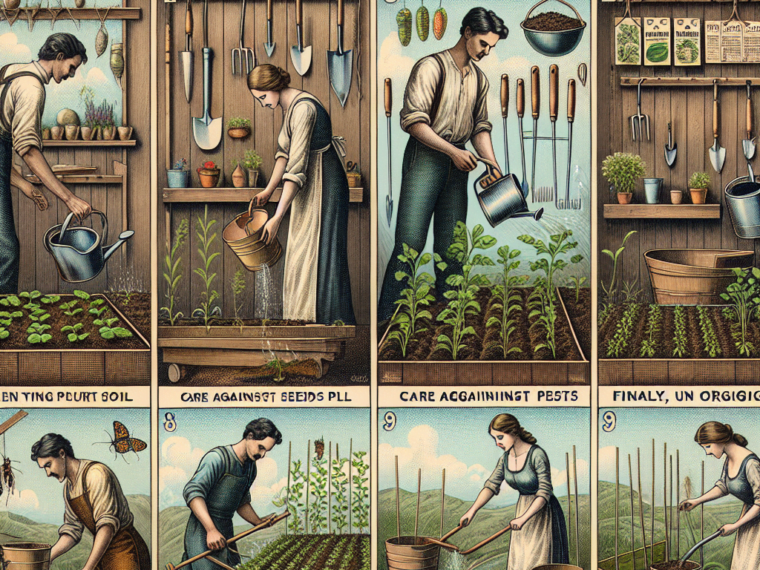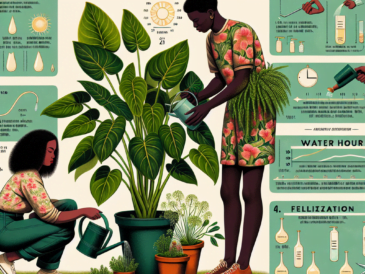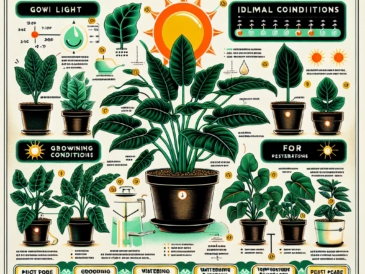The Principles of Organic Growing
Organic growing relies on natural methods and substances to grow plants, steering clear of artificial chemicals and genetically altered organisms. It’s about keeping soil healthy, supporting various forms of life, and balancing the environment. By not using harmful pesticides and fertilizers, organic growers aim for nourishing crops that have less of an environmental footprint.
The Importance of Sustainable and Environmentally Friendly Practices
Sustainable and eco-friendly tactics are key for a thriving ecosystem in farming. These organic strategies focus on saving soil and water, cutting down pollution, and caring for farm animals’ health. These actions help save natural areas and improve the planet’s well-being. They also offer a safer environment for farmworkers and nearby neighborhoods by reducing contact with poisonous substances.
Finding the right spot is crucial for organic gardening. You’ll need to think about sunlight exposure, soil type, and water availability. Plus, arranging your plot or farm wisely matters a lot. You should plan where to put each type of plant by considering things like which plants help each other out and rotating what you plant to keep productivity high and pests low.
Choosing the right location for plant cultivation
Picking out the best place to grow plants means checking out how much sun the area gets, what the soil’s like, and if there’s easy water access. A sunny spot with soil that drains well is vital for plant health. A good supply of water is also essential, so find a spot close to a water source.
Designing an efficient and productive layout
An effective farm layout takes planning. You’ve got to be smart about where you plant different crops. Think about planting companions together and rotating your crops to keep them strong and reduce pest problems. This way, you build a robust, yielding garden or farm organically.
Implementing sustainable and organic practices
When planning your garden, it’s important to stick to sustainable, organic methods. This includes using natural fertilizers and ways to control pests, as well as encouraging a variety of lifeforms in the soil. These green choices lay a solid grounding for successful planting and trim down on environmental harm.
Soil quality is a major player in effectively growing organic plants. Realizing why fertile soil matters is key to having plants thrive and securing a great harvest.
Importance of Soil Health
When soil is in good shape, it has all the nutrients plants need to grow. It holds onto water just right and fosters helpful microbe activity essential to plant welfare.
Improving Soil Fertility
You can increase soil fertility organically with methods like composting, growing cover crops, and changing what you plant seasonally. These techniques refill nutrients and make the soil better overall, setting up the perfect home for plants.
Composting and Nutrient Management
Making compost is a fantastic way to handle organic waste and create something that makes soil richer. Managing compost properly lets gardeners get super-quality compost that enriches the ground for healthier plants.
When growing plants organically, choosing the right varieties for your conditions is super important. Different types bloom in varied settings, so always go for ones that’ll flourish in your local climate, dirt type, and amount of sunshine.
Implementing crop rotation strategies
Crop rotation keeps your soil mint and tackles pests without using chemicals. By planting different stuff in the same place over time, you don’t zap all the goodness from the soil or let pests get too cozy. It’s like hitting two birds with one stone: you fight diseases and give your soil a nutrient boost.
Maximizing plant diversity
Diversity is golden in organic farming. The more types of plants you grow, the better it is for attracting useful bugs, improving soil health, and lowering chances of losing crops because of weather or other issues. Variety also helps keep weeds away naturally, skipping the need for nasty chemicals.
Dealing with pests and diseases without harming your crops is a big deal in organic farming. Sticking to natural ways of handling these problems makes sure your veggies stay genuinely organic.
Utilizing Beneficial Insects and Natural Predators
A top organic tactic for managing bugs is to call in helpful insects and natural predators. Critters like ladybugs and lacewings can take care of aphids while special kinds of wasps tackle caterpillars and other baddies. Getting friendly insects to hang around your crops means fewer pests around in an environmentally sound way.
Disease Prevention and Management through Sustainable Practices
To prevent illness in crops sustainably, consider crop rotation, cleanliness, and choosing disease-fighting plants. These steps cut down on sickness outbreaks and dial down chemical use. Healthy soil also ups plant strength against diseases thanks to organic nourishment and composting.
Techniques for harvesting plants at the peak of their quality and flavor
Harvesting organically means picking crops when they’re just right—fully ripe but not past it for fruits or before flowering starts for herbs. Paying close attention to each plant’s needs ensures you gather them when they’re most delish and nutritious.
Proper handling and storage methods to maintain the freshness and nutritional value of harvested crops
Careful handling is crucial once crops are picked; this keeps them fresh longer. Cooling them quickly also helps maintain quality. And storing in cool, dark spaces makes them last while holding onto those important vitamins. Giving thought to these steps after harvesting guarantees produce stays fresh until it hits the table.
Value-added processing and marketing strategies for organic produce
Besides gathering your bounty and looking after it post-harvest, thinking about processing some products more—like making jams or dried herbs—gives them a longer shelf-life and might bring extra cash. Also clever marketing—say at farmers’ markets or by teaming up with local eateries—can get your goods out there for more folks to enjoy.
Frequently Asked Questions (FAQ)
[lightweight-accordion title=”How do you grow the plants?”]Growing plants is simple. Prepare your soil, plant the seeds or young plants, and make sure they get enough sunlight and water. Give them the right food and keep an eye out for their growth to care for them as needed.[/lightweight-accordion][lightweight-accordion title=”What are the 4 steps of plant growth?”]Plant growth happens in four main stages: germination of seeds, development into seedlings, vegetative stage, and finally the stage where flowers and fruits appear.[/lightweight-accordion][lightweight-accordion title=”What are the 5 things to make a plant grow?”]Plants need five key things to grow: soil for anchorage and nutrients, water for hydration, sunlight for energy, more nutrients from the ground or fertilizer, and carbon dioxide for photosynthesis.[/lightweight-accordion][lightweight-accordion title=”How do you grow a plant in 6 steps?”]To grow a plant in six steps: get the soil ready, put in seeds or small plants, make sure there’s enough light and water, add nutrients, watch its progress, and finally give it any extra care it needs.[/lightweight-accordion][lightweight-accordion title=”What are the 7 stages of plant growth?”]There are seven phases a plant goes through: starting with germination, then growing into a seedling, entering the vegetative phase, budding starts, followed by flowering, then fruiting comes after, and lastly, spreading its seeds.[/lightweight-accordion][lightweight-accordion title=”How do fast plants grow?”]Quick-growing plants zoom when they’ve got great conditions – lots of sunshine, enough water, good food, and the dirt’s just the right warmth.[/lightweight-accordion][lightweight-accordion title=”Do plants grow slowly?”]Yep, plants can be slowpokes if they don’t get all the light, water or food they need. Even too cold or too hot soil can make them drag their feet.[/lightweight-accordion][lightweight-accordion title=”How fast do plants age?”]Different plants get old at different speeds. It depends on what kind they are, where they’re growing and the weather around them.[/lightweight-accordion][lightweight-accordion title=”What is the fastest plant ever grown?”]The record for the speediest plant growth would change based on which plant we’re talking about and how perfect its growing situation is.[/lightweight-accordion][lightweight-accordion title=”What are the 6 stages of the plant life cycle?”]A plant’s life has six parts to it: first germinating from a seed, getting bigger as a seedling, growing leaves and stems in the vegetative stage; then come the buds, after that the blossoms, and finally scattering seeds.[/lightweight-accordion]




